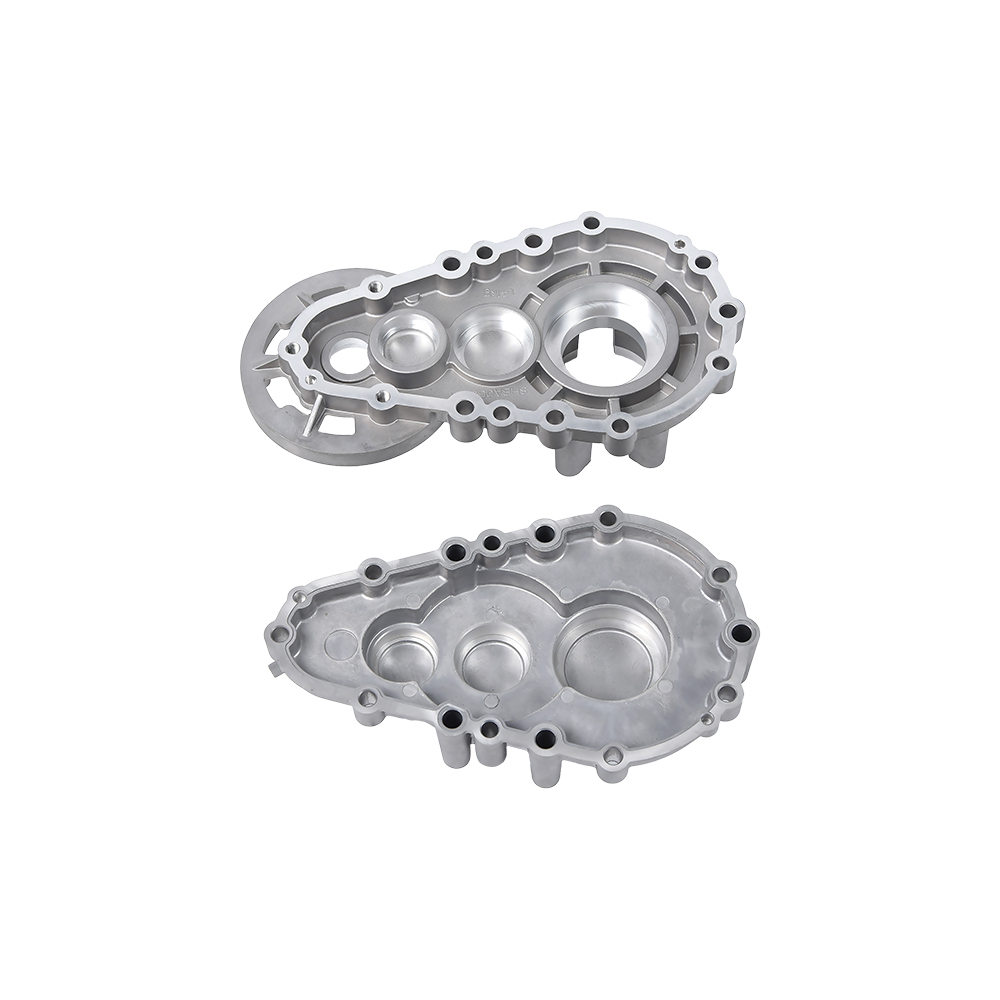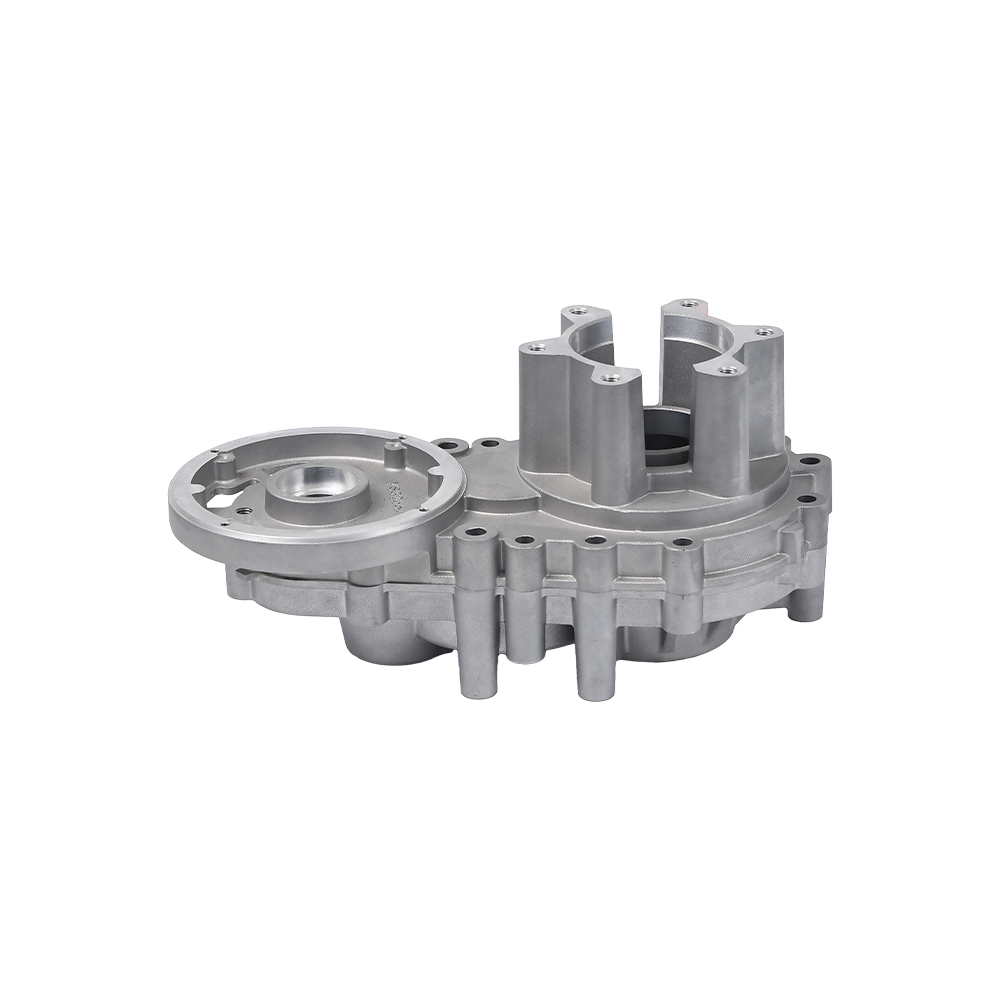The parts produced by aluminum die-casting process do require post-treatment in most cases, in order to improve their surface quality, mechanical properties, functional adaptability, and meet the final usage conditions. Although aluminum die casting can form complex structures in one go and has high dimensional accuracy, problems such as flash, burrs, mold parting line marks, porosity, and slight deformation are inevitable during the die casting process. Therefore, post-treatment is necessary to further improve the overall quality of the parts.
One of the most common post-processing steps is deburring and cleaning, which mainly involves mechanical means such as grinding, polishing, or sandblasting to remove excess material, burrs, and burrs from the surface of the parts to ensure that they do not affect the fitting accuracy or damage other parts during assembly. The cleaning process also includes removing impurities such as mold residues, release agents, or oxide scales, making the surface of the parts cleaner and laying the foundation for subsequent processing.
Aluminum die castings often require heat treatment or stress relief, especially in situations where they bear large loads or have fatigue life requirements. Although aluminum alloy die castings cannot undergo high-strength heat treatment like forgings or sand castings, some specific alloys can still improve their mechanical properties and structural stability through artificial aging and other methods.
Surface treatment is another crucial post-processing step, especially in applications that require high levels of corrosion resistance, aesthetics, or functionality. Common surface treatments for aluminum die castings include anodizing, electrophoretic coating, powder coating, electroplating, or painting. Anodizing can not only enhance the corrosion resistance and hardness of aluminum surfaces, but also improve their appearance; Electroplating or spraying can endow parts with conductivity, anti-static, decorative or other special functions.
In certain high-precision applications, such as automotive engine parts, electronic packaging components, or industrial equipment parts, die-casting parts may also require local dimension correction, precise hole positioning, or surface leveling through precision machining methods such as CNC machining to meet assembly tolerances or sealing requirements.

 English
English русский
русский Español
Español










